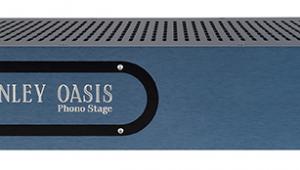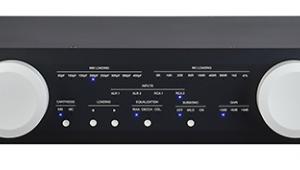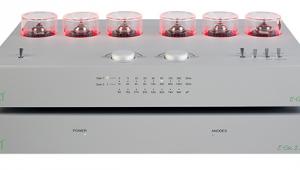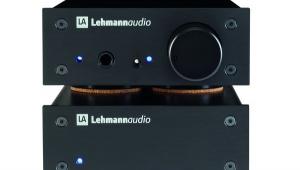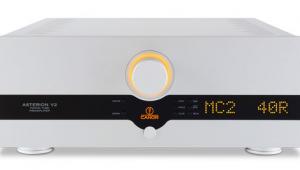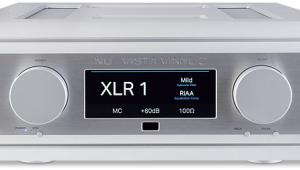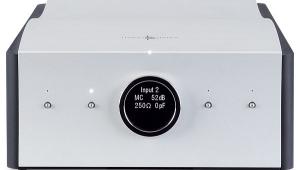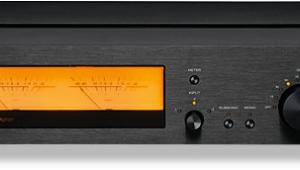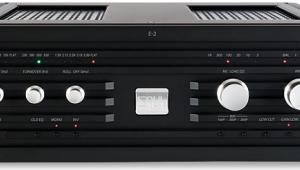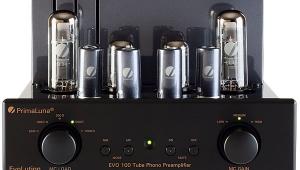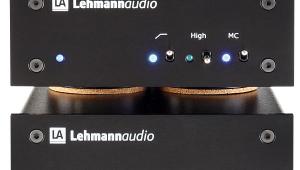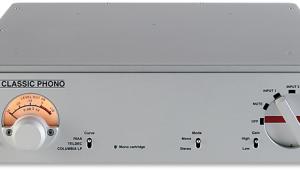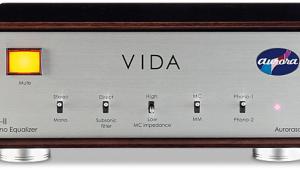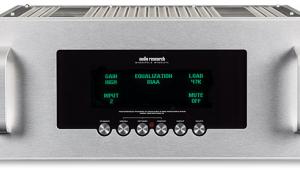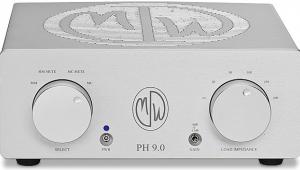Exposure VXN Phono Phono Preamplifier
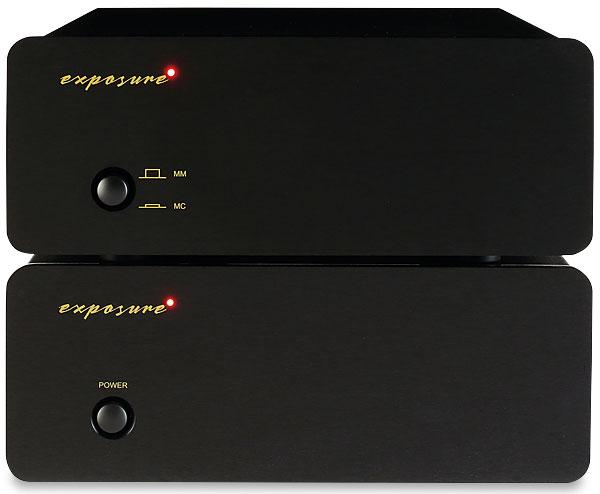
 Latest in Exposure's top-end compact series is this flexible MM/MC phono preamp, inspired by the XM3 Phono but with improved audio stages and an outboard PSU
Latest in Exposure's top-end compact series is this flexible MM/MC phono preamp, inspired by the XM3 Phono but with improved audio stages and an outboard PSU
Despite concerns over pressing delays and the availability of raw materials, the lure of vinyl seems to show no signs of abating, which explains why the selection of phono stages available now is greater than ever. The latest company to add to the audiophile wishlist is West Sussex-based Exposure Electronics, with the VXN Phono. This is the first 'source' item in the only-available-in-black VXN range, joining two-way and three-way active crossover units and the VXN Power Supply [HFN Feb '20].
It's worth noting that Exposure's quoted price is potentially confusing. £1790 buys you the VXN Phono, but without an AC mains inlet of its own, it will not work without the VXN Power Supply, which itself retails at £1010. So you'll need to budget a total of £2800 for your complete VXN-based phono stage solution.
Seeing Double
The two outputs from the PSU are purpose-designed for the twin power inputs on the VXN Phono, but you can add a second VXN Power Supply if you wish, feeding the left and right channels of the phono stage separately. The use of external power supplies, plus the ability to add more than one, has always been an Exposure hallmark, so it's nice to see it offered here, even if it pushes the system price tag even higher.
I had wondered if the addition of the VXN Phono would mark the start of another complete range of companion units, similar to that of Exposure's more affordable XM series, which includes CD player, headphone amp, preamp, mono and integrated models [HFN Apr '18 and HFN Nov '19]. However, according to Tony Brady, Exposure's chief designer, there are no plans to expand the VXN's scope. Still, the styling is very much in line with the company's other components, so there's no reason not to mix and match them.
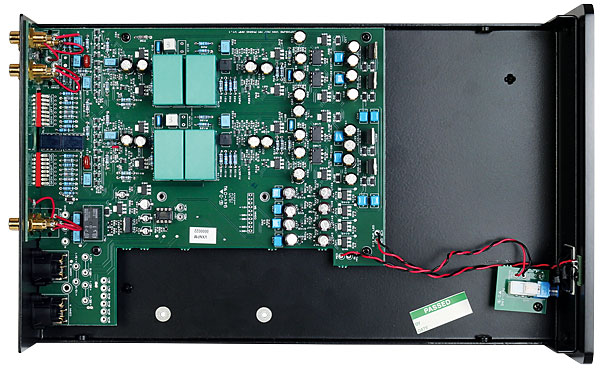
The amplification circuitry found within the VXN Phono is fully discrete throughout the signal path, and this in part results in an interior view that appears to be quite 'well packed'. Eagle-eyed readers may well have spotted what look to be standard DIP-8 op-amp packages on the circuit board. These are indeed op-amps – Texas Instruments OPA604APs – but they are used solely in the power supply regulation and are not directly in the signal path. As Brady explains: 'There are two hybrid supply regulators per channel, and these are preceded by active smoothing "gyrator" stages to reduce the level of hum getting into the regulators. As a result, the regulated supply lines are very quiet'.
Going Green
The main circuitry here is a development of that used in the Exposure XM3 phono stage [HFN May '17] and the overall topology is broadly similar. Exposure has added more transistors in parallel in the MC stage, for lower noise, and used only polystyrene and polypropylene capacitors in the audio path. The large green capacitors that can be seen in the centre of the PCB are metallised polypropylene types and, according to Brady, 'sound a fair bit better than the ELNA Silmic electrolytics that we usually use'.
Externally, the biggest and best improvement over the XM3 is that the MM/MC switch has moved from the rear panel to the front. As the unit has separate sockets for MM and MC inputs, this means that two turntables can be connected simultaneously and switched without having to fumble around the back. Yet loading and gain options are still selected by annoying little DIP switches – on the rear and unlabelled – so best keep the manual handy if you intend to 'fiddle'.
The available options from the DIP switches are beyond reproach, however. MM loading is fixed at 47kohm in parallel with 220pF, and gain options of 40dB, 46dB, 54dB and 55dB are available. For the MC input, meanwhile, these change to 54dB, 60dB, 63dB and 66dB, while resistive loading ranges in 12 steps from 32-1000ohm. So there's greater flexibility here than on the XM3, and the promise of a phono stage that should work well with a broad range of cartridges, including those with very low outputs or quirky loading requirements.

